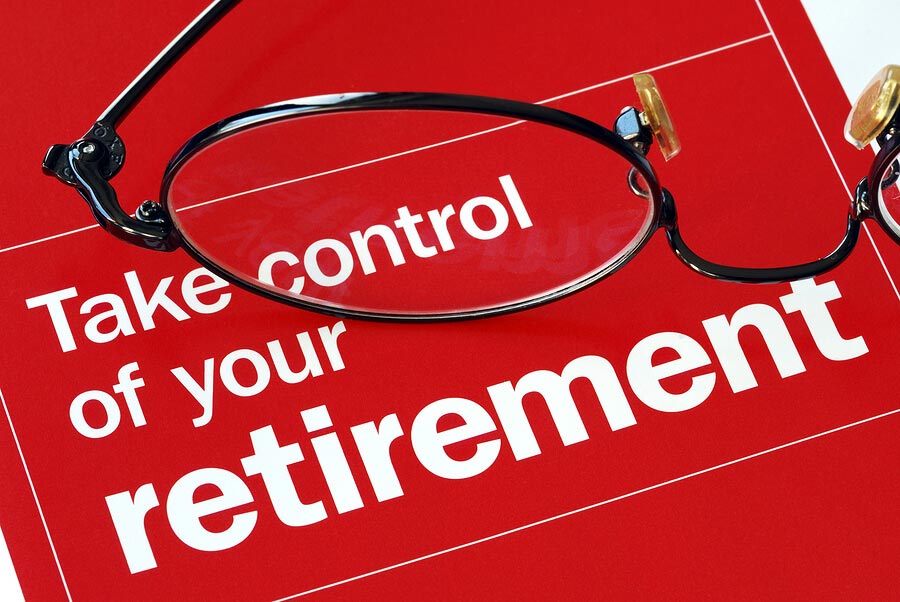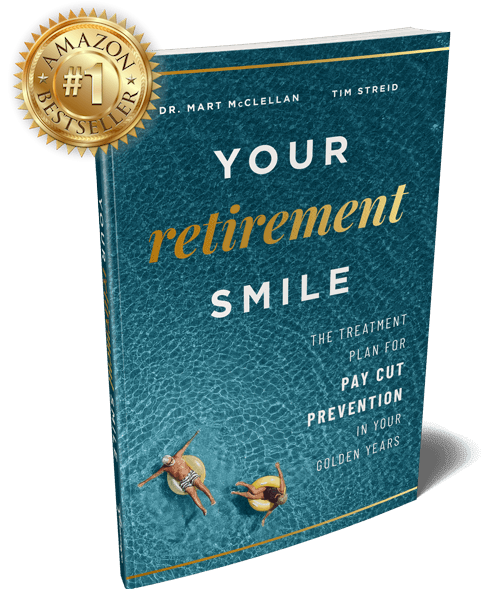What would you do if you found yourself without the resources you expected at retirement? Unfortunately, the prospect of financial failure at retirement is high – if you don’t plan properly. Here’s how we help our clients avoid financial failure in their golden years and how you can plan ahead to ban financial failure, too.
Don’t Rely on the Best-Case Scenario
The problem with many financial plans, and much of the financial advice you hear in the media, is that it’s based on the best-case scenario. The underlying assumptions are that the market will keep increasing and give a consistently high rate of return; favorable tax laws won’t change; you will continue to earn the same income you currently do, or more, until retirement; and that until retirement, you and your family won’t encounter a crisis that requires a large amount of money to resolve.
But we all know that life is unpredictable. We can follow all the rules and do all the right things and still face unexpected challenges that turn our plans upside down. That’s why the best way to avoid financial failure is to have a contingency plan.
Have a Contingency Plan
Having a contingency plan assumes that some unexpected things will happen in life. It doesn’t rely on the best-case scenario but instead takes into account the fact that there will be detours along the way. We work with our clients to create a Financial Treatment Plan that is built to be successful under all circumstances. We do this by stress-testing situations before implementing them in order to see if they are a good fit for the Plan. We call it evidence-based financial planning. The best part is, we structure it in a way so that there’s no cost differential compared to a plan that’s built on the best-case scenario only.
Having this kind of robust plan means our clients don’t have to be reactive when something unexpected occurs, such as a market crash or health crisis. Instead, they have peace of mind knowing they’re still on track for the future.
Failure Cannot Be an Option
It’s understandable why so much financial advice is doled out based on the best-case scenario – it’s easy to sell. But it’s simply not realistic for many people. None of us have a crystal ball to see what life has in store for us. That’s why we need to take all adverse circumstances into account when planning for the future.
If you want to learn more about how we help dentists plan for their future, you can find out more on our website or in our upcoming book, Your Retirement Smile. You can take control of your financial future – we can help.


